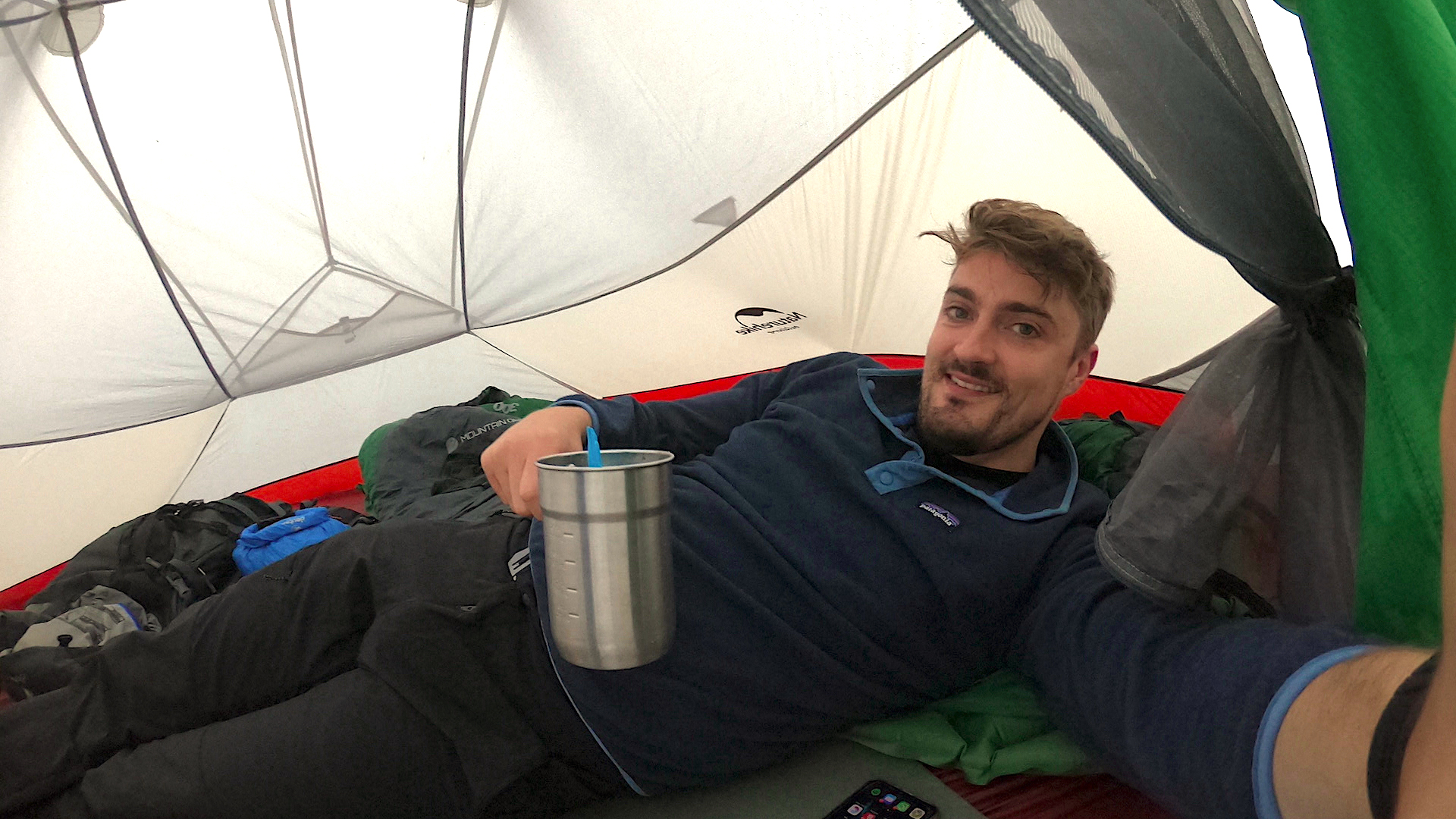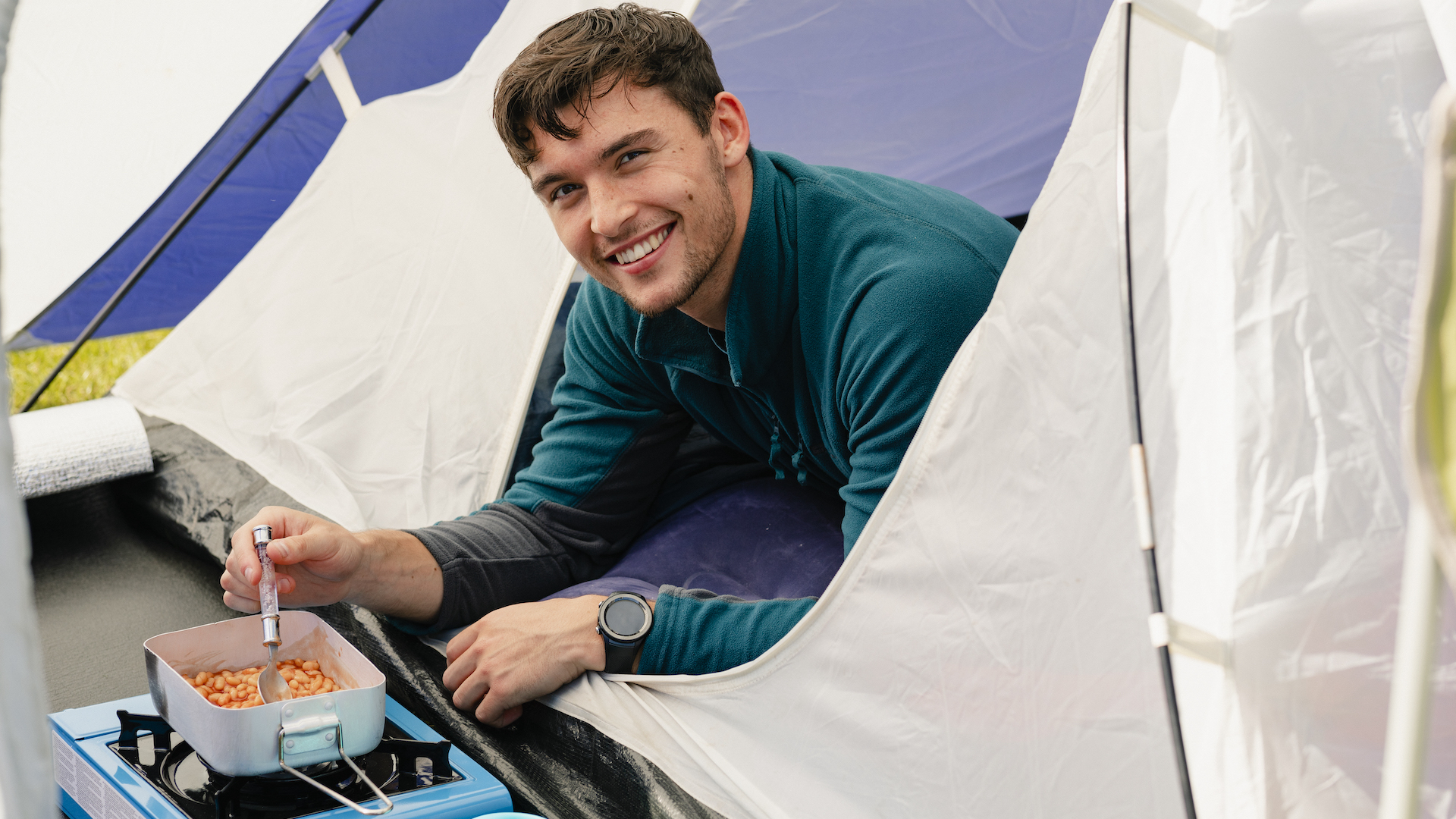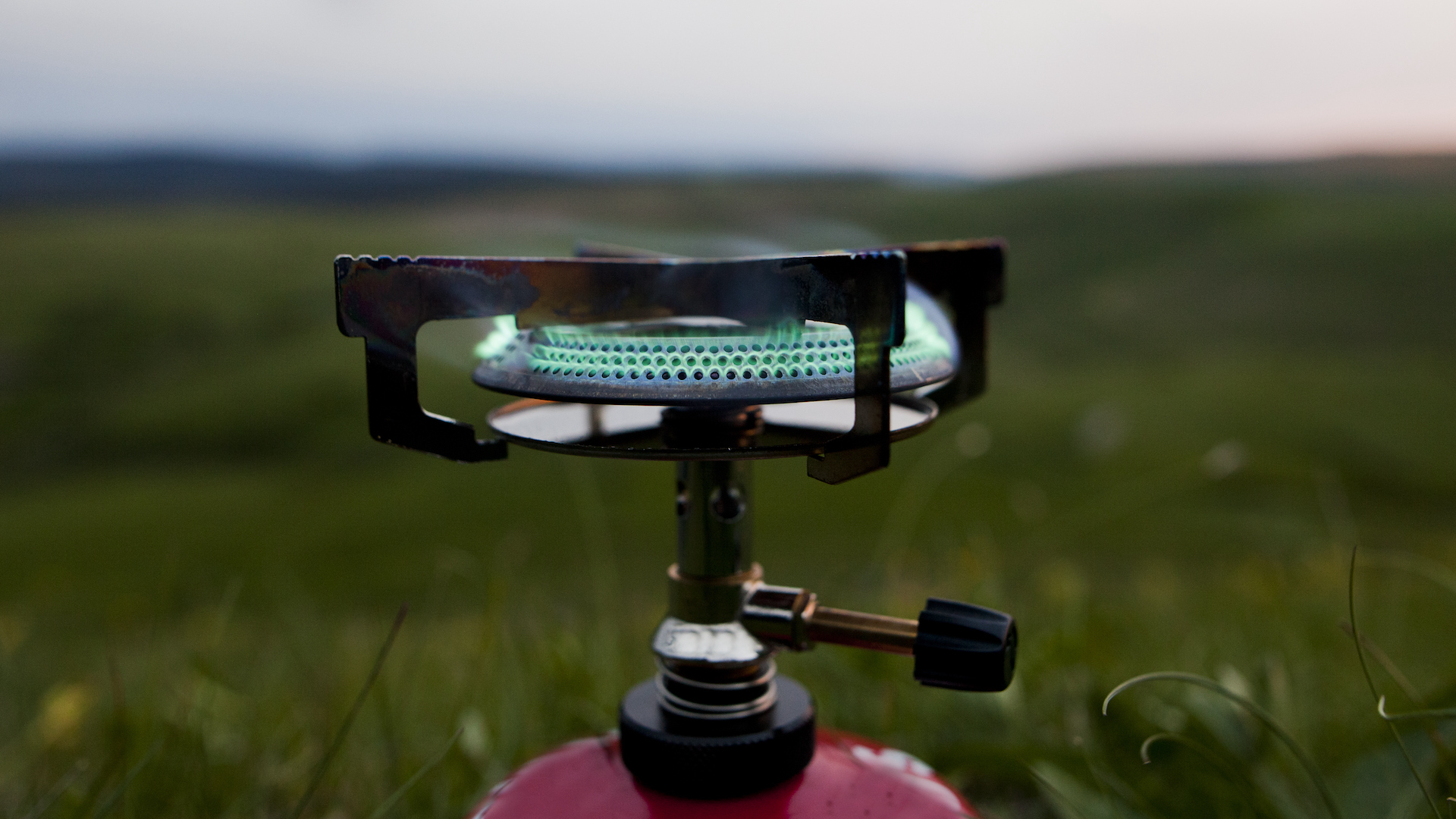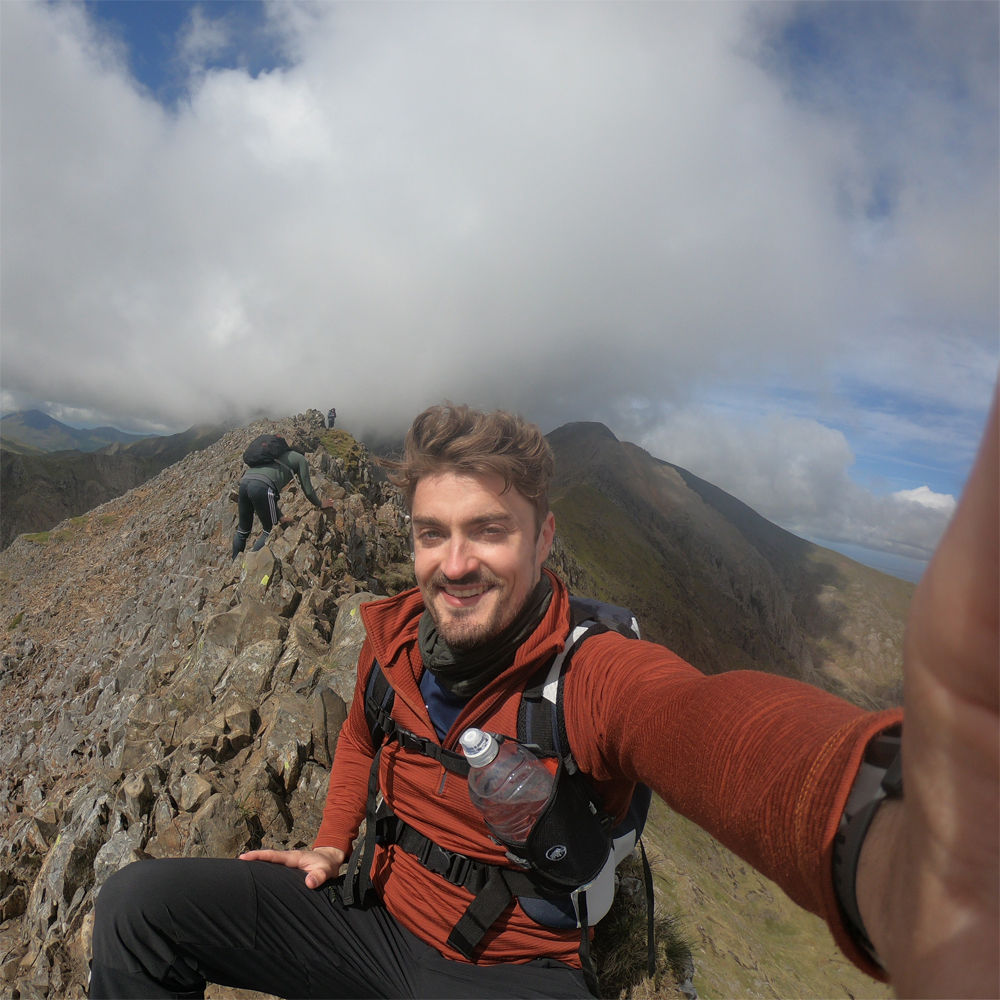Can you cook inside a tent safely?
Everything you need to know about cooking safely inside a tent so that you don’t end up with the wrong kind of campfire

There’s nothing quite like getting to camp and whipping up a tasty meal on your best camping stove – especially when the weather’s fine and you can sit in the great outdoors and enjoy a meal with a view.
But when it’s too wet or windy, you’ve still gotta eat! So how do you go about preparing your meal? And is it safe to cook inside a tent? Let’s take a look at the issues surrounding firing up a camp stove from inside your shelter and break down the things you need to be aware of before cooking inside a tent.
Meet the expert

Craig loves nothing more than pitching up in the backcountry, preferably while taking on a long-distance thru-hike. His adventures usually take place in the hills and mountains of Wales but he occasionally gets away to his beloved Alps. As one of our expert campers, Craig revels in testing camping equipment and knows a sturdy shelter from one that will give up the ghost when conditions become challenging.
The dangers of cooking inside your tent
If you find yourself in a situation where you’re only option is to cook from inside your tent, there are several things to bear in mind before you fire up your stove.
Carbon monoxide poisoning

The first danger is one that you will never see coming: carbon monoxide. This is a poisonous gas that’s released when you burn fuels such as wood, gas, propane or charcoal. (Check out our guide to the best fuels for camping stoves.)
When released into a well-ventilated, open space, it causes no major danger as it simply dissipates into the air. But when you burn these fuels in an enclosed environment, the gas can build up over time and slowly poison you. As carbon monoxide has no odor, taste or color, there’s no knowing when you’re sitting in a cloud of it – two climbers in Kyrgyzstan are believed to have died as a result of carbon monoxide poisoning in 2022.
In a nutshell, carbon monoxide poisoning occurs when your body replaces the oxygen in red blood cells with carbon monoxide. Depending on the size of the enclosure and the fire, this can occur quite quickly or it can take many hours. It’s important to make sure your tent is well ventilated, and if your tent comes with a sheltered vestibule I’d always recommend that you cook in there.
If that’s unavoidable, the symptoms of carbon monoxide poisoning are things like headaches, dizziness, confusion, shortness of breath, drowsiness and blurred vision, among others. If you experience any of this when cooking inside your tent, open the door and get out immediately. Then allow your tent to appropriately ventilate and, if you can, get off the hill and see a doctor.
All the latest inspiration, tips and guides to help you plan your next Advnture!
Take a carbon monoxide detector

If you’re heading out in miserable weather or in winter conditions where you assume you’ll have to cook inside your tent, consider taking a carbon monoxide detector with you. These devices can weigh as little as 100g and are normally about the same size as a 20,000 MaH power bank. Carbon monoxide alarms ring out as soon as dangerous levels of CO are detected, at which point you should go outside immediately and open all doors/vents on the tent from the outside.
Starting a ‘campfire’
The next thing to bear in mind when cooking inside your tent is the very real danger of setting fire to your tent and your gear. And even though most tents are treated to be somewhat fire retardant, internal mesh netting or fragile bathtub floors will quickly burn and melt the second they come into contact with an open flame. Therefore, if you have to cook inside, do so only on a very flat surface and, if you’re using a gas stove, combine this with a stand to reduce the risk of it falling over.
To mitigate this further, you could also consider using stoves like the MSR Reactor. These radiate convective heat rather than a hot flame, much like a standard electric hob you might find in a kitchen. If these stoves tip, they still run the risk of burning a hole in your bathtub, but they won’t unleash an uncontrollable flame into the inside of your tent.
Avoid alcohol and white gas stoves

To reduce the risk of setting your entire setup alight, I’d recommend using stoves that create visible flames (or none at all, such as the aforementioned MSR Reactor). Alcohol and white gas stoves create hot flames that are near-invisible, so it’s tough to know if they’re properly extinguished or not.
So, can you cook inside a tent safely?
Yes, you can cook inside a tent safely, but only if you pay close consideration to the above concerns. If you ensure your space is well-ventilated and you’re careful how you use your stove, it’s definitely doable.
To be on the safe side, however, I’d always recommend you cook in the vestibule of your tent and keep the door as wide open as the weather allows. And if possible, always cook in the open.
Growing up just south of the glorious Brecon Beacons National Park, Craig spent his childhood walking uphill. As he got older, the hills got bigger, and his passion for spending quality time in the great outdoors only grew - falling in love with wild camping, long-distance hiking, bikepacking and fastpacking. Having recently returned to the UK after almost a decade in Germany, he now focuses on regular micro-adventures in nearby Snowdonia and the Brecon Beacons, as well as frequent trips to the Alps and beyond. You can follow his adventures over on komoot.

